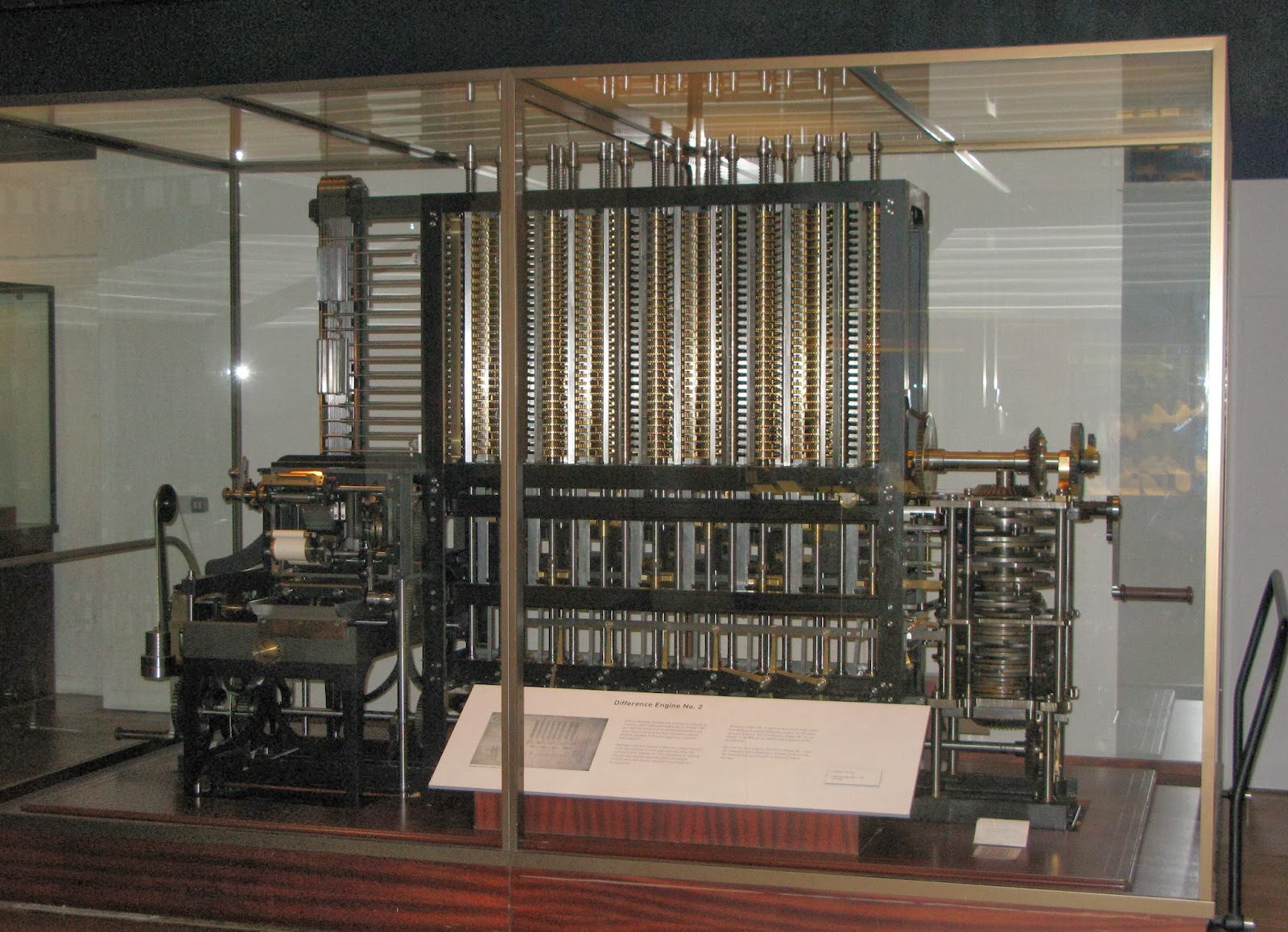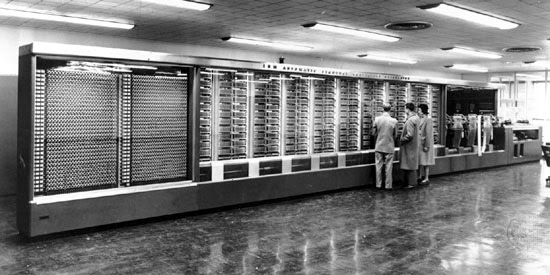Easter Eggs and Cheat Codes
What and Why?
About Easter Eggs
This post is going to cover the history of easter eggs and cheat codes within video games and their purpose. To start off we are having a look at easter eggs. So, what actually are easter eggs? Easter eggs are inside jokes or hidden messages that can be found in many different mediums, including video games, movies and even paintings. Within video games they might appear as references to other games or funny things that seem out of place within the actual game and they are usually put into the game by developers to show some form of credit to themselves.
One of the first known easter eggs can be found in the game Adventure for the Atari 2600. This easter egg was put into the game by the developer Warren Robinett and simply displayed the words "Created by Warren Robinett". The reason the developer put this easter egg into his game was because Atari didn't normally credit game designers in the video games themselves. This trend continued on throughout the years and many designers put in their names as hidden messages to credit themselves. As easter eggs developed onwards they went from being simple hidden words to actual pictures of the developers and even to hidden mini games.
Many times easter eggs are humorous and purely intended for entertainment, but as my first example shows easter eggs can also be used to reward fans. In 1990 Nintendo held a contest in which one player would be randomly selected to make an appearance in one of their games. Chris Houlihan won the contest and received a secret room in The Legend of Zelda: A Link to the Past.
 |
| (source: mashable.com) |
Purpose of Easter Eggs
So the question that comes up is 'Why do developers hide these easter eggs within their software?' As I mentioned above it all started as a way for developers to credit themselves, but other reasons may include a way to add a personal touch to their work or just to express their sense of humour. While easter eggs are not harmful in any way, most companies disapprove of developers putting those hidden secrets into their software, which is another reason why it sometimes can be hard to find them.
 |
| (source: mashable.com) |
But how do you actually find easter eggs? While sometimes all you need is a well-trained eye to spot them, most easter eggs can only be accessed by doing a combination of tasks, such as pressing buttons in a certain order or typing in codewords. It is hard to find out those combinations yourself, but players sometimes stumble across them by accident and then share their findings with fellow players.
 |
| (source: mashable.com) |
These easter eggs show the great variety in humour that developers have hidden in popular video games as well as different ways of hiding them, whether it requires shooting what seems like harmless parts of the scenery or climbing up huge bridges. You can find some more here.
About Cheat Codes
Similar to easter eggs, cheat codes are hidden within video games and can be activated by typing in codewords or pushing a combination of buttons. Cheat codes started off as ways for game developers to quickly access certain parts of the game for testing purposes and were left in the game after the release, sometimes on purpose and sometimes by accident.
Throughout the years it became more common to leave cheat codes in a game because not everyone had enough time to play through hard parts within games over and over again until they finally managed to beat it. Cheat codes gave the player an easy way to pass those stages and continue playing the game. Sometimes cheat codes are even used to entertain the player or give the game replay value, for example cheat codes that change around body proportions, which is useless but entertaining to watch nonetheless.
Examples of Cheat Codes
An example of this "Big Head Mode", which can be found within many games, turns the characters heads into a massive size. Here is an example of this particular cheat code from the game NBA Jam: |
| (source: gamerjokckies.com) |
Another example to rather useless cheat codes would be in Grand Theft Auto III, where one cheat code can turn pedestrians to go crazy and attack everything in sight, while another cheat code can give weapons to said pedestrians. Both combined can lead to an entertaining sight as pedestrians within the city start shooting each other and causing mayhem.
More of the worst cheats can be found here.
While there are quite a few useless cheats which are intended to increase replay value, not all of them do so. As I mentioned above, some cheat codes actually enable the player to skip parts of the game or grant the player ways of playing through the game a lot easier (unlimited ammo, god mode, etc.). A famous example of this is the "Konami Code", which is a cheat code for the NES port of the 1985 arcade game Gradius. While testing the game, the developer found the game too hard to play and decided to include a small bit of code that instantly gave him a full set of power-ups. This cheat code was left within the game and soon discovered by players.
While using cheat codes can ruin the experience of a game, they are a valuable tool and since most of the time they are hidden within the game itself, players often don't even know of their existence until they have finished playing the game or get stuck and end up being frustrated enough to find ways to carry on playing the game with the help of cheats.
While using cheat codes can ruin the experience of a game, they are a valuable tool and since most of the time they are hidden within the game itself, players often don't even know of their existence until they have finished playing the game or get stuck and end up being frustrated enough to find ways to carry on playing the game with the help of cheats.
Conclusion and References
As you can see, both cheat codes and easter eggs have similar origins and purposes. Both are put into video games by their developers and usually left in on purpose. Finally, both cheat codes and easter eggs can be entertaining to players and are ways for developers to express their sense of humour, which makes them a great addition to video games.
COMPUTER HOPE. (2014) Computer Easter eggs. [Online]. Available from: http://www.computerhope.com/eggs.htm [Accessed 04/2014]
WIKIPEDIA. (2014) Easter egg (media). [Online]. Available from: http://en.wikipedia.org/wiki/Easter_egg_(media) [Accessed 04/2014]
COMPUTER HOPE. (2014) Computer Easter eggs. [Online]. Available from: http://www.computerhope.com/eggs.htm [Accessed 04/2014]
BARBARA J. FELDMAN. (2008) What is a Virtual Easter Egg?. [Online]. Available from: http://www.surfnetkids.com/tech/471/what-is-a-virtual-easter-egg/ [Accessed 04/2014]
ANDREW LISZEWSKI. (2014) A Brief History of Easter Eggs in Tech. [Online]. Available from: http://gizmodo.com/a-brief-history-of-easter-eggs-in-tech-5900026 [Accessed 04/2014]
JAMIE FREVELE. (2012) The origin of easter eggs - The digital ones. [Online]. Available from: http://www.themarysue.com/the-origin-of-easter-eggs/ [Accessed 04/2014]
BARBARA J. FELDMAN. (2008) The Purpose of Easter Eggs. [Online]. Available from: http://www.surfnetkids.com/tech/475/the-purpose-of-easter-eggs/ [Accessed 04/2014]
TYLER WILDE. (2012) A brief history of cheats. [Online]. Available from: http://www.gamesradar.com/a-brief-history-of-cheats/ [Accessed 04/2014]
DREW HANNEY. (2013) The History of Cheating: From God Mode to Tilting. [Online]. Available from: http://www.trueachievements.com/n12234/the-history-of-cheating-from-god-mode-to-tilting.htm [Accessed 04/2014]
RICH KNIGHT. (2011) The 10 Greatest Cheat Codes in Gaming History. [Online]. Available from: http://www.complex.com/video-games/2011/11/the-10-greatest-cheat-codes-in-gaming-history/ [Accessed 04/2014]
ASHER CANTRELL. (2013) The Eight Most Worthless Cheats in Video Game History. [Online]. Available from: http://www.toplessrobot.com/2013/10/the_eight_most_worthless_cheats_in_video_game_hist.php [Accessed 04/2014]
JASON RYBKA. (n.d.) Why Use Cheats and Codes for Console and PC Games?. [Online]. Available from: http://vgstrategies.about.com/od/basicgamingtipstricks/a/whyusecheats.htm [Accessed 04/2014]
WIKIPEDIA. (2014) Easter egg (media). [Online]. Available from: http://en.wikipedia.org/wiki/Easter_egg_(media) [Accessed 04/2014]
WIKIPEDIA. (2014) Cheating in video games. [Online]. Available from: http://en.wikipedia.org/wiki/Cheating_in_video_games [Accessed 04/2014]






































